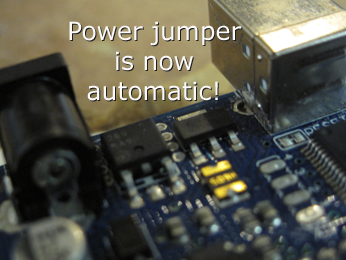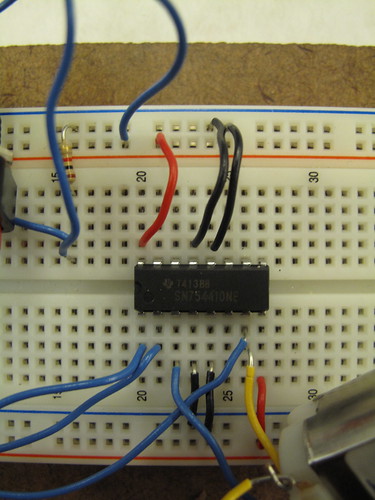In the Winter Semester, 2005 at the University of Michigan, I signed up for this interdisciplinary class between Electrical Engineering and Computer Science, and the Psychology department call Neural Models. Due to the anxiety of figuring out my final semester before graduation (I think?), I missed one day of class. Unfortunately, the structure of the class meant that missing just one day put me so behind in the course reading that it would have been impossible for me to catch up. That’s actually what the professor told us on Day 2. I don’t remember what my other classes were, but I don’t think it they were at all non-trivial in the amount of work required, so it would actually have been quite impossible to catch up. But, I’ve kind of regretted not being in that class since then, since understanding the chemistry of the brain is quite a fascinating subject. The good news is that Part I of the, yes, three-part course pack is posted on their website. So, if desired, I’m certainly at liberty to look into the reading. I think I will. And to justify cutting into the non-existent extra time in my schedule, I’ll call it something, innocuous, yet ridiculous like “Neural Design: Primary Chemical Processes and Digital Design for Tactile Environmental Change”. Actually, maybe what I could do is email the professor, assuming he’s not retired, and ask for literary sources. It’s faster than hunting down all the reading materials on the ACM.
Month: November 2009
Week 8: Phys Comp – H Bridge
In this lab, I was only confused by one part of instructions, which refers to the jumper on the Arduino. The model I have doesn’t have a jumper on it, so I at first I thought I was stuck. But, a resident came over to help and explained that my model does the switching from EXT, drawing from external power, to USB automatically.

Well, I still finished the lab…sort of. I have an issue described in the code, where my LED blinks 3 times, and then blinks once, then repeats. Also, my motor doesn’t really turn off completely when I click the switch and use the pot. It actually slows down a lot, then sort of stops, then jumps before starting all over again. This behavior is coordinated with the triple-blinking LED, which should not be blinking 3 times repeatedly like that, in a cycle. Apparently, it’s caused by something resetting itself. I’ll have to check into this and see if I can fix the problem.
….
Later on I tried my connections again, and I’m still not sure what the problem could be. I don’t understand how to reduce the amount of voltage going to the motor, so I’m not sure how to not have this problem. In any case, I took more photos. Maybe my wiring is wrong?
Week 8: Phys Comp – DC MotorS!
Yes, it’s exciting. We’re making stuff move. Sort of.
So, I made a little video about my experience with the DC motor lab, which you can watch right now or keep reading while I tell you something about it first.
Initially, I had some trouble figuring out how to get the breadboard set up correctly. I noticed that the diagram uses a 9V pin on the Arduino, which my Arduino doesn’t have. So, I hooked up one end of my wire to the second ground pin, assuming that the photo was not correct. Then, I put the other end of the wire into the breadboard, across from the power on the DC motor, assuming that that’s what was correct.
Well, I was wrong about something because the above wasn’t working. So I tried to simply light up an LED just to make sure my wires were correct. The LED came on, so I figured I was right about something and just started doubting the diagram again. Eventually, someone suggested I plug the power directly into the breadboard – of course, since coming from ground, it wouldn’t make sense anyway – and then the motor came on.
After that, I worked on the next part of the lab, using the potentiometer to adjust the motor. I got that part to work too. Pretty cool. I’m not so good with gears, yet, which is why I’m trying to adjust the rotating bar.



